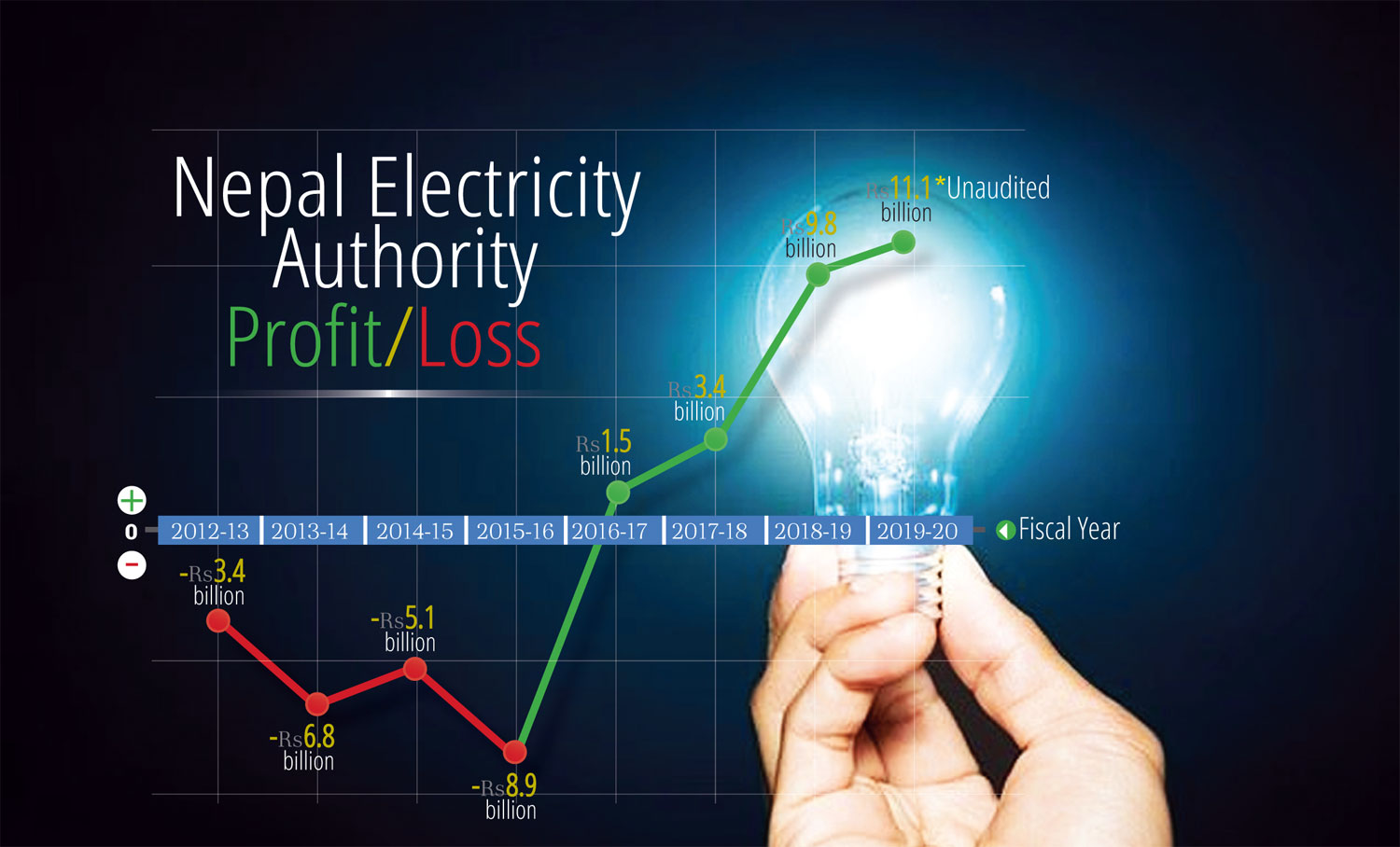Kulman Ghising to stay on

The Managing Director of the Nepal Electricity Authority (NEA) Kulman Ghising, who is largely credited with ending Nepal’s ruinous daily power cuts that lasted more than a decade, is likely to get his four-year term extended.
Ghising was due to step down on 14 September, but after widespread public outrage on social and mainstream media, the Energy Ministry has prepared an endorsement for another four-year term.
Sources said Energy Minister Barsha Man Pun has proposed that Ghising be allowed to continue to Prime Minister Oli as well as brought it up with NCP co-chair Pushpa Kamal Dahal.
“The prime minister is ready to extend Kulman Ghising’s term,” a source at the Energy Ministry said on Sunday. “But the has said Ghising will henceforth have to behave like he is a part of the government, and not an independent entity.”
Read also: Kulman Ghising's tenure in doubt, Ramesh Kumar
If true, the remark appears to reflect the prime minister’s unease with Ghising’s popularity for having ended the crippling 12-18 hour power cuts for which his predecessors at the NEA are held responsible.


Earlier this week Finance Minister Yubaraj Khatiwada had publicly warned Ghising: “He was not appointed by social media, he was appointed by the government, and the decision on extending his tenure is the responsibility of the government.”
Ghising himself had issued a statement this week after rumours spread that his term had been extended. He said he did not deserve all the credit for ending power cuts, and it was a team effort of the government.
Pushpa Kamal Dahal reportedly told Pun that it would not reflect well on the government if Ghising was replaced when he is so popular in the public eye.
The Energy Ministry sources said a formal letter about Ghsiing extension was ready and would be forwarded to the Cabinet for approval.

Ghising is an electrical engineer who systematically reduced pilferage, and cut off 24-hour dedicated feeds through which his predecessors had been providing businesses low tariff electricity in return for kickbacks.
At the height of the power cuts in the winter of 2016 after the earthquake, Nepalis were getting only six hours of electricity a day. Collusion between NEA officials and industrialists allowed half the 750MW electricity generated to be diverted to businesses.
After he took over, Ghising expedited hydropower projects, removed delays in the construction of transmission lines, and imported power from India to meet winter shortfall. NEA was also able to reduce pilferage from 25% to 15%, saving the utility Rs7 billion a year. Imports from India have declined steadily from 35% of total supply for the past five years to 22% this year (see charts, above).
From 2012 to 2016, when Nepalis faced the longest periods of load-shedding, the NEA cumulatively lost Rs25 billion. The greatest annual loss of nearly Rs9 billion was in fiscal year 2015-2016. After Ghising took over, NEA’s profits soared to Rs1.5 billion, and is now set to cross Rs11 billion this fiscal year.




